Having listened to their nursery and kindergarten teachers tell them stories from around the world and lead them in rhymes and verses, our students experience the richness of the English language long before they reach first grade. This experience fosters an appreciation for the beauty of speech and lays the groundwork for fertile imaginations and strong, varied vocabularies. In the elementary school, language skills are taught as an integral part of the work in all subjects, as well as in English classes and main lessons.
The first grade begins with a main lesson block in ―form drawing, during which the children experience straight and curved lines. They first walk the lines on the floor; later they draw straight and curved lines in various combinations on paper. Precision and clarity of line, essential to good writing skills, are emphasized. Form drawing helps develop eye-to-hand coordination, the sense of uprightness in space, right/left and up/down orientation, and the ability to mirror, all skills that are needed in reading.
After this introduction, the children learn the upper-case consonants in imagery from stories, through the progression from story to picture to letter. After, the vowels, both short and long, are introduced. Next, words and phrases are constructed as a class activity and written on the board by the teacher. Students copy these words into main lesson books. Thus, writing precedes reading, and the main lesson books that the children create become their first readers. Lower case letters are learned by year’s end. Through song, verse, speech exercises, games, and drills, phonics and a basic sight word vocabulary are learned. In addition, through the telling of fairy tales and the recitation of poetry, children are exposed to other cultures and skills in listening, re-telling, sequencing, and articulate speaking are practiced.
In the second grade, fables and legends from around the world serve as the backdrop for lessons in language arts. Typically, the students listen to a story. The next day, they are asked to recall it in order, in detail, and in their own words. Then, a summary is written on the board, and they copy it into their main lesson books, adding illustrations. Thus, the students refine their memorization skills and their ability to sequence events, as well as their reading skills and handwriting. Later in the year, the children begin to write their own compositions, which are corrected and then neatly rewritten in main lesson books. The children also study word families and vowel teams, and learn to use context in order to read unfamiliar words. A large pool of sight words is developed throughout the year. Students attend library class twice a month, choosing a book to read during the following two weeks. They are strongly encouraged to read at home for at least ten minutes a day. The first grammar lessons are given in second grade, beginning with the introduction of nouns, verbs, and adjectives through playful games and activities. Every day, the class recites poetry, tongue twisters, and other speech exercises to encourage clear diction and enunciation. The class also performs a play, based on one of the stories they have heard.
In third grade, Old Testament stories and Native American tales form the basis of the language arts lessons. The children also study farming and house building around the world, both of which are a rich source for compositions. In grammar lessons, the class looks at the parts of speech and is introduced to the four types of sentences. Students learn how to form and punctuate complete sentences, and they write compositions in class, usually based on main lesson topics. Time is spent on editing and perfecting compositions before they are copied into main lesson books. Spelling is a daily activity, with occasional spelling quizzes. The children are divided into small reading groups for in-class reading. Library class takes place weekly, and reading at home is expected. The children begin to learn cursive writing. Homework assignments are now given.


